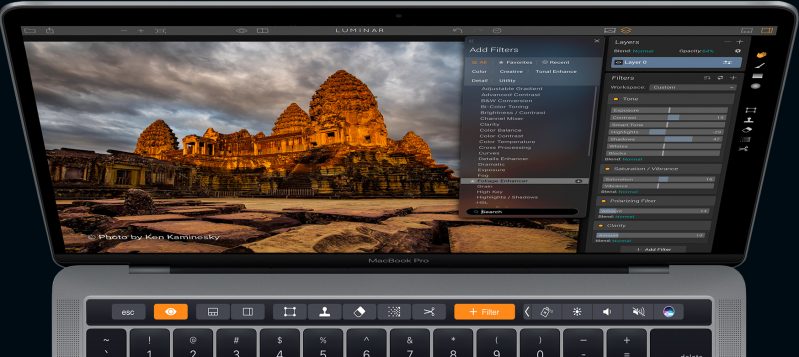Today Capture One Pro sees its number raised from 9 to 10.
So what’s new in this awesome software.
This is actually from the press releases….
Based on customer feedback, Capture One Pro 10 puts superior user experience center stage – with interface improvements, under-the-hood tuning, and exciting new features that furnish the fastest, most reliable and most powerful performance yet.
Better performance
Whether you are a Mac or PC user, Capture One Pro is now even faster and more rewarding to work with.
On-screen proofing
Export images with total confidence, remove guesswork, and maximize efficiency.
1) Overview every stage of the sharpening process, including scale, compression artefacts and sharpness before exporting to your client.
2) Instantly check ICC Profile, Output Scaling, Sharpening and JPEG artefacts.
3) Customize parameters to streamline your workflow.
Greater control with 3-step sharpening
1) Capture — Lens tool option corrects lost sharpness caused by diffraction
2) Creative — The ability to creatively sharpen an entire image, or different elements within it.
3) Output — Targeted sharpening for the final output medium, letting you take into account the viewing distance and scaling of the final image.
Industry-leading panel support
Take image editing to a whole new level with an industry first: Tangent panel system support. Use multiple sliders and controls in combination, and shortcut up to 460 deep menu items for optimal efficiency.
So should you upgrade or get Capture One pro 10?
Your RAW convertor is the software that bridges the gap between a RAW file and Photoshop, or the internet/client/folders/whatever you need a RAW convertor for. Most people think that digital is…. well just digital but that’s not true. I always compare it with analogue photography, often we forget that when you shoot film the way you develop this film (chemicals, temperature, time) etc. are ALL contributing to the final image quality and look of the shot. Of course the scene doesn’t change, but the look and “feel” of a shot can change a lot. And this is the same for RAW convertors.
Now don’t get me wrong, I LOVE Lightroom, in fact I always tell people that this is where my images life and where they are easy to be found and or put into smart albums, you could say Lightroom is my “hub” my “library”. Lightroom does a lot of things very good but some things it does OK, or “good enough”, take for example the retouching options in Lightroom, they are extensive and work pretty well for most workflows but…. if you’re like me shooting a lot of people there really is no good way to do skin retouching, you HAVE to go to Photoshop (the skin retouch brush is nice and works but it’s a far cry from really good), in Capture One however there is this awesome option under the color adjustments where you can even out skin, this is even more powerful than for example Imagenomic Portraiture or any other skin plugin I’ve seen on the market (and I haven’t seen them all, but quite a few). In fact I always use this feature in Capture One when I have a model with more difficult skin. It’s awesome and FAST.
Also when shooting tethered Capture One REALLY shines.
It’s rock solid and blazingly fast, and that’s not all.
Think about Capture Pilot, which makes it possible to view the images you shoot on local iPhones/iPads/smartdevices but also worldwide via your internet connection. But also the focus overlay mask is absolutely awesome, where you see (via peaking) which parts of the shot are in focus (probably, hey it’s technique) and which are not… the cool thing…. it works very well and in 95% of the cases you don’t need to zoom in, this saves a LOT of work for all you guys out there shooting loads of images and don’t want to wait for Lightroom to render images (everytime it sometimes seems) for a 100% preview.
But most of all Capture One is just fast, whenever I demo the loupe people are stunned by how fast it zooms in to an image.
So should you upgrade or buy?
If you don’t already own Capture One I would without a doubt advise you to get it, especially when you shoot people or shoot tethered a lot, or when you have to go through A LOT of images and want to be able to see if something is sharp in an instance (the peaking also works on the tumbnail view speeding that process up a lot).
If you already own Capture One, should you upgrade?
In my opinion YES.
Capture One 10 is a huge update with some cool new features like you saw above, but there is also a lot of work done that is not even mentioned that will make the experience faster, smoother and easier for some.
Luckily for me and you, my instructional video about capture One Pro is still valid because the interface and the workflows/tips/techniques are still working in the new version. And that means that for people that already use Capture One Pro the new version 10 will feel totally at home, but you will find out very quickly (like I did) that it’s all much smoother and looks better. And best of all… the RAW output also improved in fine details and color graduations…. great job Capture One.
You can find Capture one on this page
And my instructional video on the Pro version (filmed in 9) via this page (a great way to start with Capture One, or find new tricks)
Use the code AMBDOORHOF for a cool 10% discount.
By using this code you also support our work.


